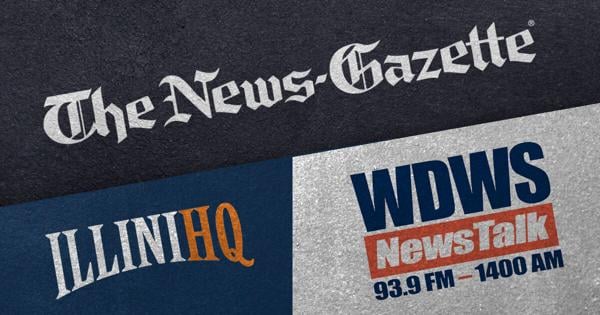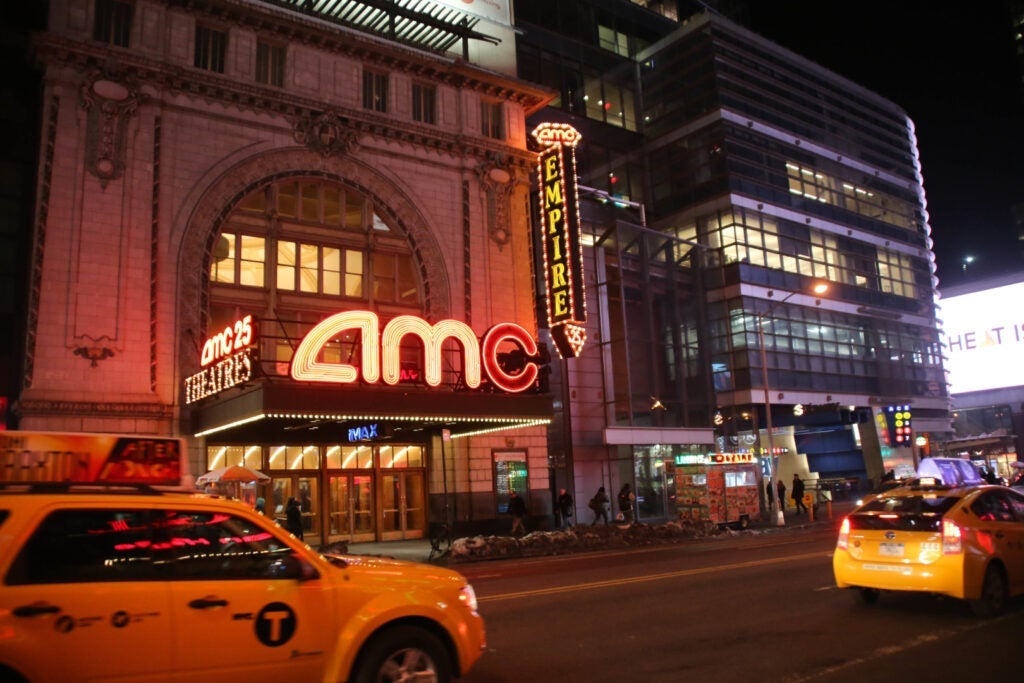When video gambling first became legal in Illinois in September 2012, there were just 61 machines in operation.
But growth was sudden and immediate. Still, the experts who proved not to be experts predicted the growth would “plateau at around 20,000 machines statewide.”
A recent report by state officials reveals just how wrong they were.
By June 30 — the end of the state’s 2023-24 fiscal year — there were 48,176 video-gambling terminals operating statewide.
There will be many more when, as appears inevitable, communities in Illinois that now ban video gambling — principally Chicago — throw in the towel and embrace a new revenue source.
Analysts at the Illinois Commission on Government Forecasting & Accountability say “the terminal total could grow significantly” when and if municipal limits or outright bans are lifted.
Champaign County is home to 790 video-gambling machines at 144 establishments. They generated $18 million in revenue — $15.4 million to the state and $2.7 million to local government — for the fiscal year ending June 30.
Those are impressive sums, but nothing compared with other counties.
While Chicago bans the machines, there are 8,884 video-gambling machines at 1,542 businesses outside the city but inside Cook County. They generated $223.1 million in tax revenue — $190.3 million for the state and $32.8 million for local government.
Smaller counties, too, have supped at the trough of video gambling and gotten fat off the proceeds.
Home to the state capital, Sangamon County hosts 1,779 video-gambling terminals at 306 businesses. They generated $35.7 million in tax revenue — $30.4 million for the state and $5.2 million for local government.
Video gambling is not yet the dominant form of legal gambling in Illinois. But it appears to be only a matter of time before it is.
The state oversees five forms of legalized gambling: the lottery, horse racing, casinos, video gambling and sports wagering.
The lottery remains the biggest. Legalized in 1974, it generated $886 million in tax revenue for the 2023-24 fiscal year.
During the same period, video gambling finished a close second, with $848 million in tax revenues.
The other three trailed far behind — sports wagering at $190 million, casinos at $158 million and horse racing at $6 million.
Like video gambling, sports wagering is also growing at a feverish pace. Legalized in 2020, it generates tax revenue that far outstrips the once-vaunted casinos.
The current growth has been driven by a massive expansion of legal gambling pushed through the Legislature by Gov. J.B. Pritzker in his first year in office.
The idea behind it, obviously, is that it’s an easy way to generate new revenue.
Those who would vehemently resist all forms of tax increases are happy to play games of chance that may — or may not — profit them. After all, not everyone can be a winner.
Elected officials, taking the path of least resistance, are happy to accommodate the thrill seekers.
While not every gambler can come out on top, neither can every gambling establishment.
Video gambling’s success has come at the expense of the state’s casinos.
The commission report stated that “the adjusted gross revenues of Illinois casinos” have struggled since the legalization of video gambling. It said a “significant amount of wagering dollars have been converted to video” gambling.
“It appears that Illinois gamblers chose convenience and smaller crowds of the video-gaming parlors over the larger and more public casinos,” the report states. “Video-gaming locations have been perceived as a ‘safer’ option to gamble, which has aided in elevating these video-gaming figures.”











